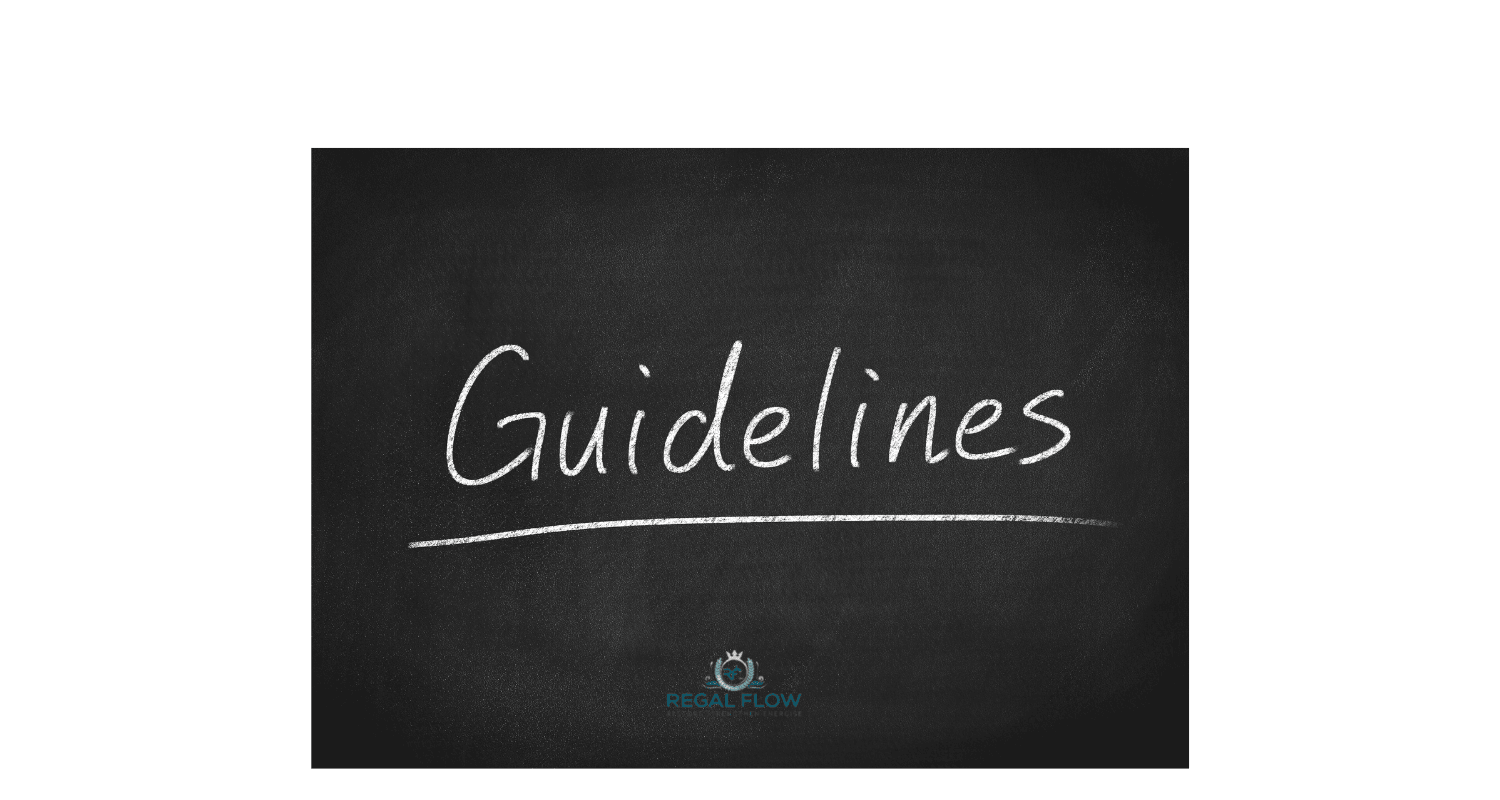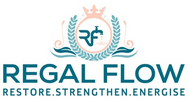
Are Reverse Osmosis Systems Safe?
Wondering if reverse osmosis systems are safe? Short answer: yep, they’re safe! These water-saving heroes remove harmful stuff like lead and chlorine. In Reverse Osmosis FAQs: Answers to Common Questions, we explain why RO systems—whether you’re eyeing a sleek countertop dispenser or an under-sink model—are your home’s best water buddy!
Understanding RO System Safety
Reverse osmosis (RO) systems have become go-to solutions for households looking to ensure their drinking water is clean and free from harmful contaminants. But with so many systems on the market, you might wonder: just how safe are these filters, really? In short, when used correctly and maintained properly, RO systems are incredibly safe. They offer a reliable way to purify your drinking water, keeping it free from toxic substances that might lurk in your tap water. But just how do they do it, and why should you trust them? Let’s break it down.
Contaminant Removal and Safety
The primary reason people choose reverse osmosis systems is for their ability to remove contaminants. But what exactly is going through that fine filter? Well, reverse osmosis systems are built to tackle a wide range of nasty elements like chlorine, lead, pesticides, and bacteria, among others. Here’s how it works: water passes through a special semi-permeable membrane that allows only clean water molecules to pass through. Any harmful contaminants are left behind, ensuring that the water coming out is as pure as possible. For many families, this is a game-changer, as it dramatically reduces the risks associated with polluted water sources.
System Materials and Certifications
A safe RO system isn’t just about filtering water; it’s also about the materials used in its construction. If the components of the system aren’t up to standard, you could be exposing yourself to new dangers. That's why it’s crucial to check that your system is made from safe, durable materials. Look for certifications like NSF/ANSI 58 and WQA Gold Seal. These certifications ensure that the system has been tested for safety and performance, so you can trust that the water being filtered through it will meet high standards. Think of it like a badge of honour – systems with these seals have been rigorously tested and proven to be safe and reliable.
Benefits of Safe RO Systems
Choosing a reverse osmosis system for your home isn’t just about having access to clean drinking water – it’s about peace of mind and improving your family’s health. Let’s take a look at how safe RO systems benefit you and the environment.
Removal of Harmful Substances
Water contamination is a big concern, especially with increasing pollution levels. A trusted RO system can make a massive difference in reducing exposure to harmful chemicals. Lead, chlorine, and even fluoride are commonly found in tap water, and while they’re not always at dangerous levels, long-term exposure can be problematic. By using a reverse osmosis system, you’re taking control of your family’s health by removing those dangerous elements and ensuring that your drinking water is as pure as possible.
Ensuring Clean Drinking Water
A safe, efficient RO system means consistent access to clean, great-tasting water. No more worrying about what might be lurking in your tap water. For many people, the idea of drinking water that’s free from chemicals is enough to make them invest in a system. An RO system can give you the peace of mind that every glass of water you drink is free from potentially harmful substances. And when you combine that with the convenience of having purified water right at home, it’s a win-win for health-conscious families.
Potential Safety Concerns
Of course, no system is perfect. While RO systems are generally safe, there are a few potential concerns that could affect their performance or hygiene if they’re not properly maintained. Let’s take a look at some of the things you should keep in mind.
System Maintenance and Hygiene
Like any household appliance, regular maintenance is key to ensuring your reverse osmosis system continues to work as it should. If you neglect the system or fail to replace filters regularly, it can lead to issues like bacterial growth or a decline in filtration performance. Think of it like a car – you wouldn’t drive it forever without changing the oil or checking the tyres, right? Similarly, your RO system needs attention to keep it running smoothly. Regular cleaning and replacing filters will keep the system in tip-top shape, providing you with consistently safe drinking water.
Water Quality Monitoring
Even though RO systems are designed to purify water, it’s a good idea to periodically check the water quality yourself. A water testing kit can give you added peace of mind, ensuring that the system is doing its job properly. Monitoring your water quality doesn’t have to be an obsession – it’s just an extra layer of protection to ensure that the system remains efficient. If your system is performing as promised, your water will stay clean and safe for drinking.
Ensuring System Safety
Ensuring the safety of your RO system goes beyond just choosing the right model. There are a few important steps you can take to keep things running smoothly and make sure your water is always as pure as possible.
Selecting Certified Systems
Not all reverse osmosis systems are created equal. To ensure you're choosing a safe system, look for those that have been certified by recognised bodies like NSF/ANSI or WQA. These certifications act as a guarantee that the system has undergone rigorous testing to ensure it works as promised. It’s an important step to take, especially if you’re unsure about which model to choose. Stick with trusted brands and those that carry the necessary certifications for your peace of mind.
Regular Maintenance and Filter Changes
One of the most crucial elements in ensuring the safety of your RO system is regular maintenance. Replacing the filters on time is a simple task that will keep your system working efficiently and safely. Most systems require a filter change every 6 to 12 months, depending on the usage. By following the manufacturer’s recommended schedule for filter changes, you’ll help prolong the life of your system and ensure that the water coming out remains clean.
Addressing Common Misconceptions
There are a few myths about reverse osmosis systems that can cause confusion. Let’s set the record straight on some of the most common misconceptions.
Mineral Removal and Health
A common concern about RO systems is that they remove essential minerals like calcium and magnesium, which are beneficial for your health. While it’s true that RO systems remove a wide range of substances, most people get their minerals from food, not water. If you’re still concerned about mineral intake, some systems come with a remineralisation filter that adds minerals back into the water. But generally speaking, you can rest easy – the minerals removed by RO filtration are not a significant concern for your health.
System Waste and Environmental Impact
Another myth surrounding reverse osmosis is that they waste too much water. While it’s true that older systems used to generate quite a bit of wastewater, modern models are much more efficient. Many newer systems now have improved water-to-waste ratios, so you’ll waste less water. Plus, by reducing your reliance on bottled water, you’re actually helping the environment in a big way. No more plastic bottles piling up, and no more harmful chemicals leaching into the environment – it’s a win for both your home and the planet.
Conclusion: Ensuring Safe and Reliable RO Systems
So, are reverse osmosis systems safe? Absolutely. With the right system, regular maintenance, and proper filtration, RO systems offer a simple, effective way to ensure your drinking water is clean and safe.
Key Takeaways on System Safety
-
Reverse osmosis systems effectively remove harmful contaminants like lead, chlorine, and bacteria.
-
Certified systems with NSF/ANSI 58 and WQA Gold Seal provide the highest levels of safety and reliability.
-
Regular filter changes and system maintenance are essential to keep your RO system functioning properly.
-
While RO systems do remove some minerals, they’re not a health risk, and some systems offer ways to add minerals back.
Final Recommendations
Choosing a reverse osmosis system is a smart decision for ensuring your drinking water is pure and free from harmful substances. Just be sure to select a certified system, stick to the recommended maintenance schedule, and enjoy the peace of mind that comes with knowing your water is clean and safe. Happy drinking!
More Reverse Osmosis info we think you'll love
Are Reverse Osmosis Filters Interchangeable?
Are Reverse Osmosis Filters Universal?
Are Reverse Osmosis Systems Worth It?
Can Reverse Osmosis Water Cause Constipation?
Can Reverse Osmosis Water Cause Diarrhoea?
Can Reverse Osmosis Water Dehydrate You?
Is Reverse Osmosis Water Bad for your Health?
Why is Reverse Osmosis Water Good for You?
Why do Reverse Osmosis Systems Waste Water?
Why Does My RO System Keep Draining?
Why is my Reverse Osmosis System Leaking?


Leave a comment